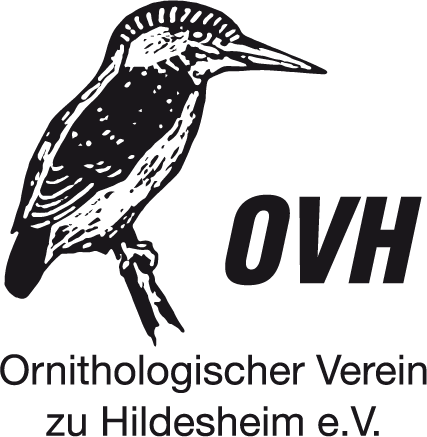Nachrichten vom BirdLife International vom 5. Juni 2017
Das Bericht wird nur in Englisch zur Verfügung gestellt.Following tireless work from BirdLife Partner BANCA, Myanmar’s Government has designated part of the Gulf of Mottama a Ramsar Site – affording this vast wetland, an important wintering site for globally threatened waders, protection against the threat of over-fishing.
By Alex Dale
Picture it in your mind’s eye: a wild, untamed stretch of coast, where rapid, powerful waves lash at the endless mud flats, constantly resculpting and refreshing the shoreline. Imagine, too, tidal flats that teem with life, as fish and invertebrates alike feast on the sediments and nutrients that flow into the coastal waters via three major rivers. What you’re picturing is the Gulf of Mottama – a giant, funnel-shaped estuary in Myanmar, and one of the most important wintering sites for migratory waterbirds in Asia.
So rich are the pickings at the Gulf of Mottama that one out of every two Spoonies recommend it – Spoonie, of course, being the colloquial name for the Spoon-billed Sandpiper Calidris pygmaea, a Critically Endangered wader that has been hit hard by habitat loss across its wintering grounds. Here in the Gulf of Mottama, up to 180-220 Spoonies are estimated to arrive every winter – around half the global population of this scarce bird, cementing the area’s status as an area of outstanding conservational value.
And yet, until very recently, the Gulf of Mottama’s future was far from secure. Despite its importance for threatened migratory waders such as Spoonie, Great Knot Calidris tenuirostris and Spotted Greenshank Tringa guttifer, and its recognition by BirdLife as an IBA Danger Important Bird & Biodiversity Area (IBA), the Gulf received no formal protection status, and this has led to its resources being drained at an alarming rate.
The biggest threat to this valuable ecosystem is over-fishing. The numbers of fish in its waters have plummeted over the last decade, largely as a result of illegal fishers using nets that indiscriminately trap fish of all sizes and varieties – including juveniles. Bird hunting, too, has been a problem in recent years, but it is difficult to effectively control these threats in areas that do not benefit from government protection.
Recognising the Gulf of Mottama’s importance, BANCA (BirdLife in Myanmar) has been working to preserve this crucial wetland for many years. In addition to boots-on-the-ground conservation – such as shorebird monitoring, patrolling and saving Spoonies from hunters – BANCA also played a key role in lobbying the Myanmar Government to recognise the Gulf of Mottama as a Ramsar site, under the terms of the Ramsar Convention – an international treaty which guides countries in offering formal protection for wetlands of global importance.
Over half a decade’s worth of tireless pressure finally paid off on May 10 World Migratory Bird Day, 2017, when a 45,000 hectare stretch of the Gulf was officially designated Myanmar’s fourth Ramsar site – and the first to be situated outside of a legally protected area. The area’s new status will aid BANCA, and other local conservation groups, in properly controlling threats such as hunting and over-fishing, which are put at risk not only the continued existence of several globally threatened wading birds, but also the livelihood of local communities who depend on this productive estuary, and its inhabitants, for food and water purification (worms, molluscs and crustaceans are known to remove pollutants from water).
There’s global benefits, too: since mudflats are important carbon sinks, they help mitigate the effects of climate change – making the Gulf of Mottama’s ascension to Ramsar status very timely indeed, given other recent worldwide news. “The Gulf of Mottama is one of the most outstanding sites on the East Asian-Australasian Flyway for migratory waterbirds”, says Mike Crosby, BirdLife International’s Senior Conservation Officer for the Asia Region. “Its designation as a Ramsar site is a major step forward in its conservation”.
